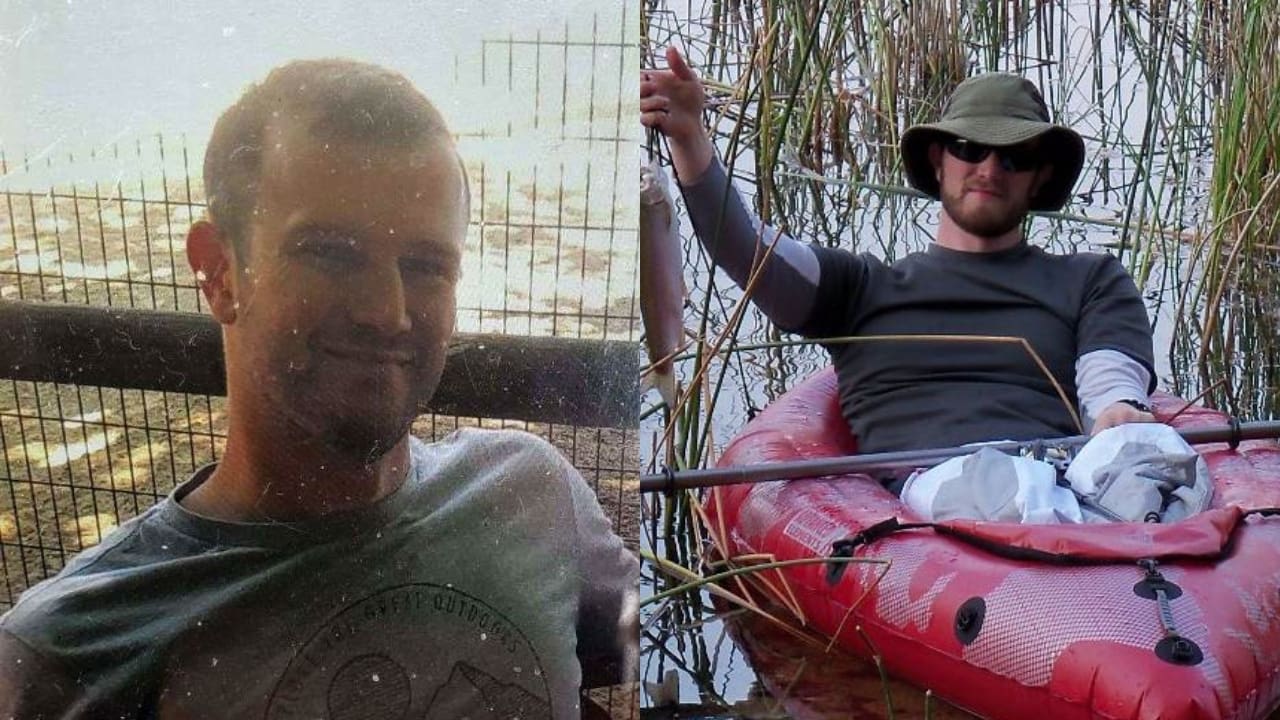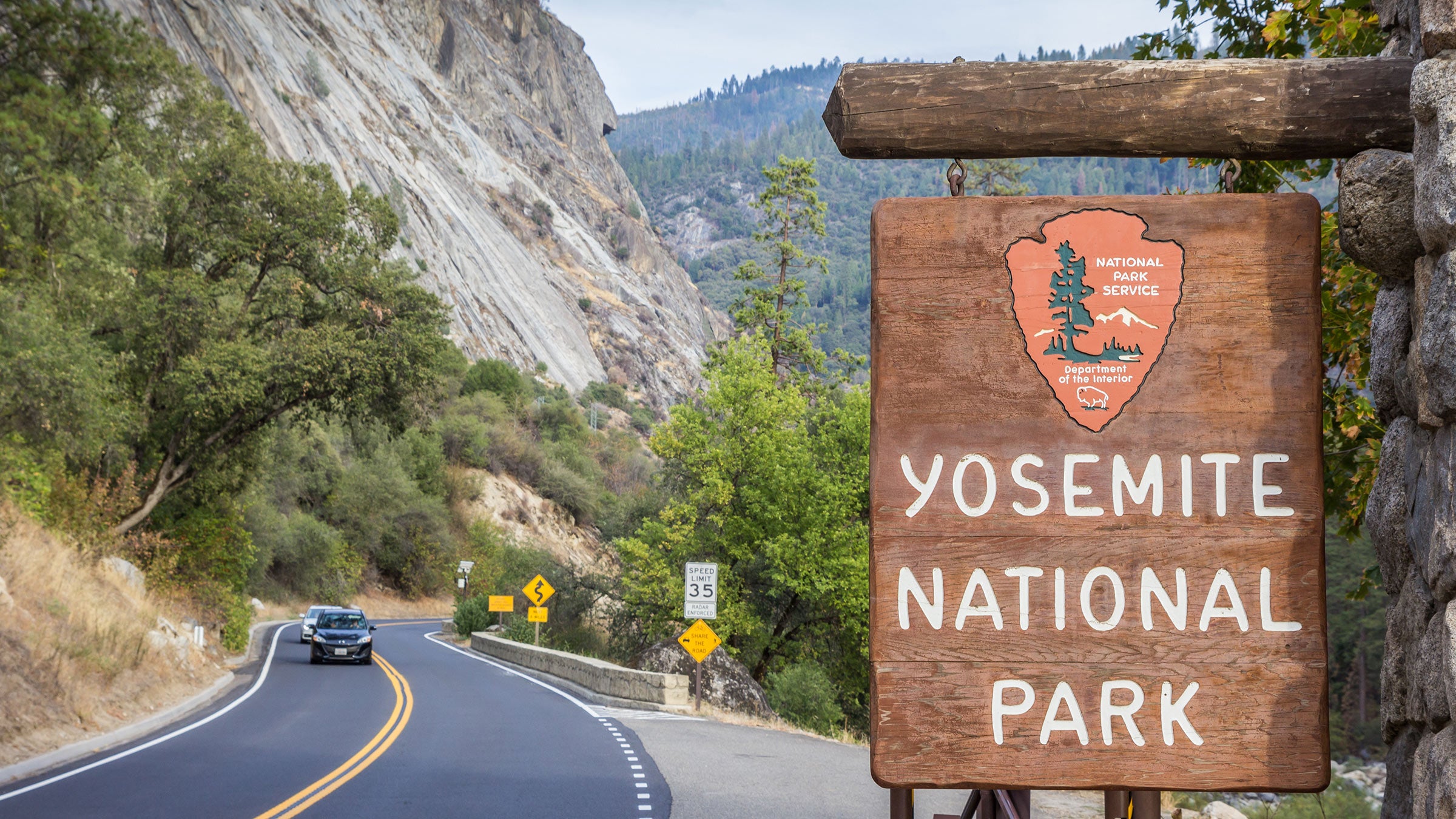Imagine this: You're hiking through the breathtaking landscapes of Yosemite National Park, surrounded by towering granite cliffs and lush pine forests. But then, oh no, you realize you've lost your way. What do you do? Lost hiker situations in Yosemite are more common than you think, but with the right knowledge, you can stay safe and increase your chances of rescue.
Yosemite is a paradise for outdoor enthusiasts, but it's also a place where things can go wrong quickly if you're not prepared. Every year, hundreds of visitors get lost in its vast wilderness, and while most stories have happy endings, some don't. That's why understanding how to prevent and handle getting lost is crucial.
Don't worry, though. This article is here to guide you through everything you need to know about lost hikers in Yosemite. From prevention tips to survival strategies, we've got you covered. So buckle up, and let's dive into the world of wilderness safety!
Read also:Unveiling The Rise Of Sade Robinson A Deep Dive Into Her Inspiring Journey
Understanding the Risks of Getting Lost in Yosemite
Yosemite is a massive park spanning over 1,168 square miles, filled with diverse terrains, weather patterns, and wildlife. While it's a stunning place to explore, it's also a challenging environment if you're unprepared. The risks of getting lost in Yosemite are real, and they range from mild inconvenience to life-threatening situations.
Some of the biggest dangers include harsh weather conditions, steep cliffs, fast-flowing rivers, and disorientation due to the park's vastness. Additionally, cell phone reception is spotty in many areas, making it harder to call for help. It's important to understand these risks so you can take the necessary precautions.
Common Causes of Getting Lost
So, what causes hikers to get lost in Yosemite? Here are a few common reasons:
- Trail Misidentification: It's easy to mistake one trail for another, especially when they look similar.
- Poor Planning: Failing to research your route or bring proper gear can lead to trouble.
- Fatigue: Tired hikers may make poor decisions, leading them off course.
- Weather Changes: Sudden storms or fog can obscure visibility and disorient hikers.
Prevention Tips for Hikers in Yosemite
Prevention is always better than cure, and this holds true for hiking as well. By following these tips, you can significantly reduce the chances of getting lost in Yosemite.
1. Plan Your Route Carefully
Before you head out, make sure you know exactly where you're going. Study maps, read trail descriptions, and check weather forecasts. Let someone know your planned route and expected return time. This way, if you don't return on schedule, rescuers will know where to start looking.
2. Carry Essential Gear
Pack the essentials, including a map, compass, GPS device, whistle, flashlight, extra food and water, and appropriate clothing. These items could save your life if you get lost.
Read also:Wayans Family The Hilarious Dynasty That Ruled Hollywood
3. Stay on Marked Trails
It might seem tempting to explore off the beaten path, but straying from marked trails increases your risk of getting lost. Stick to designated paths to stay safe.
What to Do If You Get Lost
Despite your best efforts, sometimes things go wrong. If you find yourself lost in Yosemite, don't panic. Follow these steps to increase your chances of being found:
1. Stop and Assess the Situation
Take a deep breath and evaluate your surroundings. Try to pinpoint your location on a map or GPS device. If you can't, stay put to avoid wandering further from your last known location.
2. Signal for Help
Use a whistle, mirror, or any other means to signal for help. Rescuers are trained to recognize these signals, so make sure they're loud and clear.
3. Build a Shelter
If nightfall is approaching, construct a shelter using available materials to protect yourself from the elements. Stay warm and dry until help arrives.
Survival Skills Every Hiker Should Know
Knowing basic survival skills can make all the difference if you're lost in Yosemite. Here are a few key skills to master:
- Fire Starting: Learn how to start a fire using matches, lighters, or even friction methods.
- Water Purification: Understand how to purify water using filters, tablets, or boiling.
- Navigation: Practice using a map and compass to navigate without electronic devices.
Real-Life Stories of Lost Hikers in Yosemite
Let's take a look at some real-life stories of lost hikers in Yosemite and what we can learn from them.
Case Study 1: The Lost Backpacker
In 2015, a backpacker named John Smith became lost in Yosemite's backcountry. He had strayed from the trail during a snowstorm and ended up wandering off course. Thanks to his whistle and a well-stocked survival kit, rescuers were able to locate him after three days.
Case Study 2: The Family Adventure
A family of four got lost while hiking in Yosemite's Mariposa Grove. They had underestimated the difficulty of the trail and failed to bring enough supplies. Fortunately, they stayed together and signaled for help, leading to their safe rescue.
How Yosemite Rangers Handle Search and Rescue
Yosemite's rangers are highly trained in search and rescue operations. They use a combination of ground teams, helicopters, and drones to locate lost hikers. When you report someone missing, they spring into action, coordinating efforts to find the person as quickly as possible.
Steps in a Typical Search and Rescue Operation
Here's a breakdown of what happens during a typical search and rescue mission:
- Initial Assessment: Rangers gather information about the missing person's last known location, gear, and condition.
- Deployment: Teams are dispatched to the area, using various methods to search for the person.
- Rescue: Once located, the person is safely transported back to civilization.
Statistical Insights on Lost Hikers in Yosemite
According to the National Park Service, around 250 search and rescue operations are conducted in Yosemite each year. The majority of these involve lost hikers. Here are some interesting statistics:
- Approximately 70% of lost hikers are found within 24 hours.
- Most incidents occur during the summer months when visitor numbers are highest.
- Young males are the most common demographic among lost hikers.
Resources for Hikers in Yosemite
There are several resources available to help hikers stay safe in Yosemite:
- Yosemite National Park Website: Offers trail information, safety tips, and weather updates.
- Visitor Centers: Provide maps, guides, and advice from knowledgeable staff.
- Apps: Download apps like AllTrails or Gaia GPS for offline trail maps and navigation.
Conclusion: Stay Safe and Enjoy Yosemite
Getting lost in Yosemite is a scary prospect, but with the right preparation and knowledge, you can minimize the risks. Remember to plan your route, carry essential gear, and stay on marked trails. If you do get lost, stay calm, signal for help, and use your survival skills to endure until rescuers arrive.
We encourage you to share this article with fellow hikers and leave a comment below with your own tips for staying safe in the wilderness. Together, we can ensure that everyone enjoys Yosemite's beauty while staying safe!
Table of Contents
- Understanding the Risks of Getting Lost in Yosemite
- Common Causes of Getting Lost
- Prevention Tips for Hikers in Yosemite
- What to Do If You Get Lost
- Survival Skills Every Hiker Should Know
- Real-Life Stories of Lost Hikers in Yosemite
- How Yosemite Rangers Handle Search and Rescue
- Statistical Insights on Lost Hikers in Yosemite
- Resources for Hikers in Yosemite
- Conclusion: Stay Safe and Enjoy Yosemite


